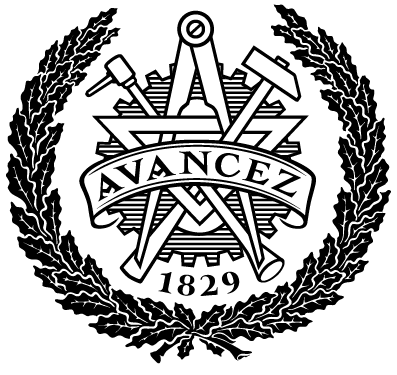Programmering och analys av nitningsprocess med hjälp av en UR robot
| dc.contributor.author | Larsson, Filip | |
| dc.contributor.author | Wernestrand, Axel | |
| dc.contributor.department | Chalmers tekniska högskola / Institutionen för industri- och materialvetenskap | sv |
| dc.contributor.examiner | Fasth Berglund, Åsa | |
| dc.contributor.supervisor | Salunkhe, Omkar | |
| dc.contributor.supervisor | Olsson, Jerry | |
| dc.contributor.supervisor | Larsson, Mattias | |
| dc.date.accessioned | 2021-07-01T07:05:43Z | |
| dc.date.available | 2021-07-01T07:05:43Z | |
| dc.date.issued | 2021 | sv |
| dc.date.submitted | 2020 | |
| dc.description.abstract | The company Skandia Elevator is currently undergoing an automation initiative with the intention to purchase a collaborative robot model UR3 from the brand Universal Robots. The purpose of the robot is that it should be able to perform several different work tasks at different stations around in the factory. The students have been given the task to look at one specific of these several work tasks, that has been given the name, riveting collaborate robot. The purpose is with the help of the collaborative robot to replace the current manual riveting process. The task based on the collaborative robot using bin-picking to pick the scattered hinge halves from the pallet, place them both individually in a fixture where they overlap each other, then finally pick them both up together and place them onto the riveting machine. The project has been carried out in collaboration with Chalmers SII-lab, where the students during the project have been given access to a UR3 with an associated 2D camera as well as the opportunity to print fixtures and grippers in the lab's 3D printer. This cooperation has been crucial when it comes to answering the following questions regarding the given case: "In what different ways can a collaborative robot be used in the work step?", "Which techniques can be suitable to use, bin-picking for example?" "What does the work process and the involving steps look like, will the robot need re-grip the details?" What kind of fixtures and fittings are required?" and "What kind of data is required to calculate any time savings?" The project has been limited to only looking at the part “riveting of hinges” where UR3 is only evaluated as a possible solution. Only eye-in-hand in combination with a 2D camera will be used, and the project also assumes that the hinges are spread out with different positioning in the packaging or pallet they are delivered in. The method that was mainly the basis for this work has been DMIAC, but the work has also involved HTA, risk analysis, interview, and functional analysis. In Chalmers SII-lab, a station like the manual in the factory has been recreated. Based on this, tests, and analyzes have been performed, which formed the basis for our results. In summary, the result is that bin-picking or other type of picking with a 2D camera is not possible. The robot has the opportunity to pick two details, place them in a fixture and then take a turn and place them in the riveting machine. However, this requires that the parts be in the same starting position every time the robot picks them. | sv |
| dc.identifier.coursecode | IMSX20 | sv |
| dc.identifier.uri | https://hdl.handle.net/20.500.12380/302882 | |
| dc.language.iso | swe | sv |
| dc.setspec.uppsok | Technology | |
| dc.title | Programmering och analys av nitningsprocess med hjälp av en UR robot | sv |
| dc.type.degree | Examensarbete på grundnivå | sv |
| dc.type.uppsok | M |
